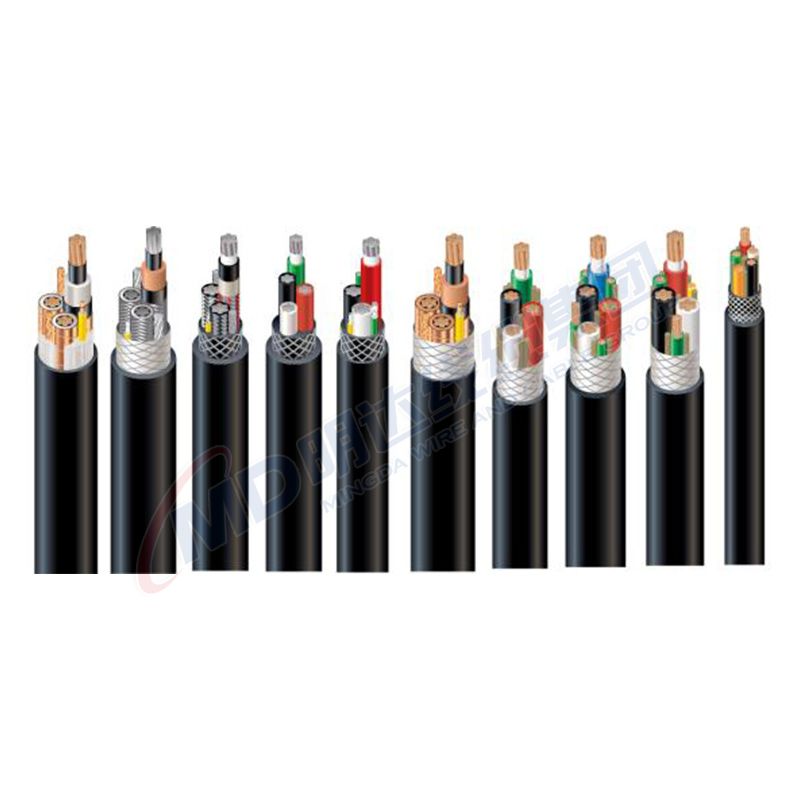វិច្ឆិកា . 08, 2024 11:37 Back to list
Lined Butterfly Valve for Enhanced Performance and Durability in Fluid Control Applications
Understanding the Lined Butterfly Valve A Comprehensive Overview
The lined butterfly valve is a critical component used in various industries, particularly in applications that involve the handling of corrosive, abrasive, or high-temperature fluids. Its design and functionality make it a preferred choice for controlling and regulating the flow of liquids and gases in pipelines. This article aims to provide an in-depth understanding of lined butterfly valves, their construction, advantages, applications, and maintenance requirements.
Construction and Design
A lined butterfly valve consists of several key components, including the body, disc, stem, and lining material. The body, usually made of metal such as carbon steel or stainless steel, houses the operational elements. The disc, which pivots to open or close the valve, is typically constructed from a durable material like metal, but it is coated or lined with a non-metallic option such as PTFE (Polytetrafluoroethylene) to enhance its corrosion resistance.
The lining serves to protect the valve body and disc from the aggressive effects of the fluids being transported. This coating also aids in reducing friction, providing smoother operation, and ensuring that the valve can maintain its integrity under high temperatures and pressures. The stem is the component that connects the disc to the actuator, which can be manually operated, electric, or pneumatic.
Advantages of Lined Butterfly Valves
One of the primary advantages of lined butterfly valves is their ability to handle corrosive substances. The lining material significantly reduces the risk of corrosion, which extends the life of the valve and minimizes maintenance costs. Furthermore, these valves typically have a lightweight design, making them easier and cheaper to install and replace compared to heavier gate or globe valves.
Another notable benefit is their efficiency in flow control. The inline design of the disc in a butterfly valve allows for minimal pressure drop, which enhances the overall efficiency of the flow system. When the valve is fully open, it provides a relatively unrestricted flow path, making it suitable for applications where high flow rates are necessary.
Lined butterfly valves also offer versatility. They can be used in a wide variety of applications encompassing water treatment, chemical processing, HVAC systems, and more. Their adaptability to different environments and media types makes them a necessary tool in the modern industrial sector.
lined butterfly valve

Applications
Lined butterfly valves find applications across multiple industries, including
1. Chemical Industry Used to control the flow of chemicals while resisting corrosion from aggressive substances. 2. Oil and Gas Helpful in managing the flow of crude oil and natural gas, providing reliable service in harsh environments. 3. Water Treatment Employed in various stages of water treatment processes to regulate flow and ensure system integrity. 4. Food and Beverage Ideal for sanitary applications to prevent contamination, while effectively controlling flow. 5. Pharmaceutical Used in processes that require strict hygiene standards and compliance with regulatory requirements.
Maintenance and Considerations
To ensure optimal performance and longevity, regular maintenance of lined butterfly valves is essential. This includes periodic inspections for wear and tear, leak tests, and ensuring that the lining remains intact. Proper sealing and lubrication of moving parts are also crucial to prevent malfunction and ensure smooth operation.
When selecting a lined butterfly valve, it is essential to consider the specific application requirements. Factors such as temperature, pressure, type of fluid, and compatibility with lining materials should all be assessed to ensure the correct choice is made.
Conclusion
In summary, lined butterfly valves are an essential part of many industrial processes due to their durability, efficiency, and versatility. With their robust construction and the protective benefits offered by lining materials, they provide reliable flow control in environments that would typically challenge standard valves. Understanding their design, advantages, applications, and maintenance ensures that industries can harness their full potential, leading to improved operations and reduced downtime. As technology advances, the development of lined butterfly valves will likely continue to evolve, enhancing their capabilities and applications across various fields.
Share
-
Reliable Wafer Type Butterfly Valves for Every IndustryNewsJul.25,2025
-
Reliable Flow Control Begins with the Right Ball Check ValveNewsJul.25,2025
-
Precision Flow Control Starts with Quality ValvesNewsJul.25,2025
-
Industrial Flow Control ReliabilityNewsJul.25,2025
-
Engineered for Efficiency Gate Valves That Power Industrial PerformanceNewsJul.25,2025
-
Empowering Infrastructure Through Quality ManufacturingNewsJul.25,2025